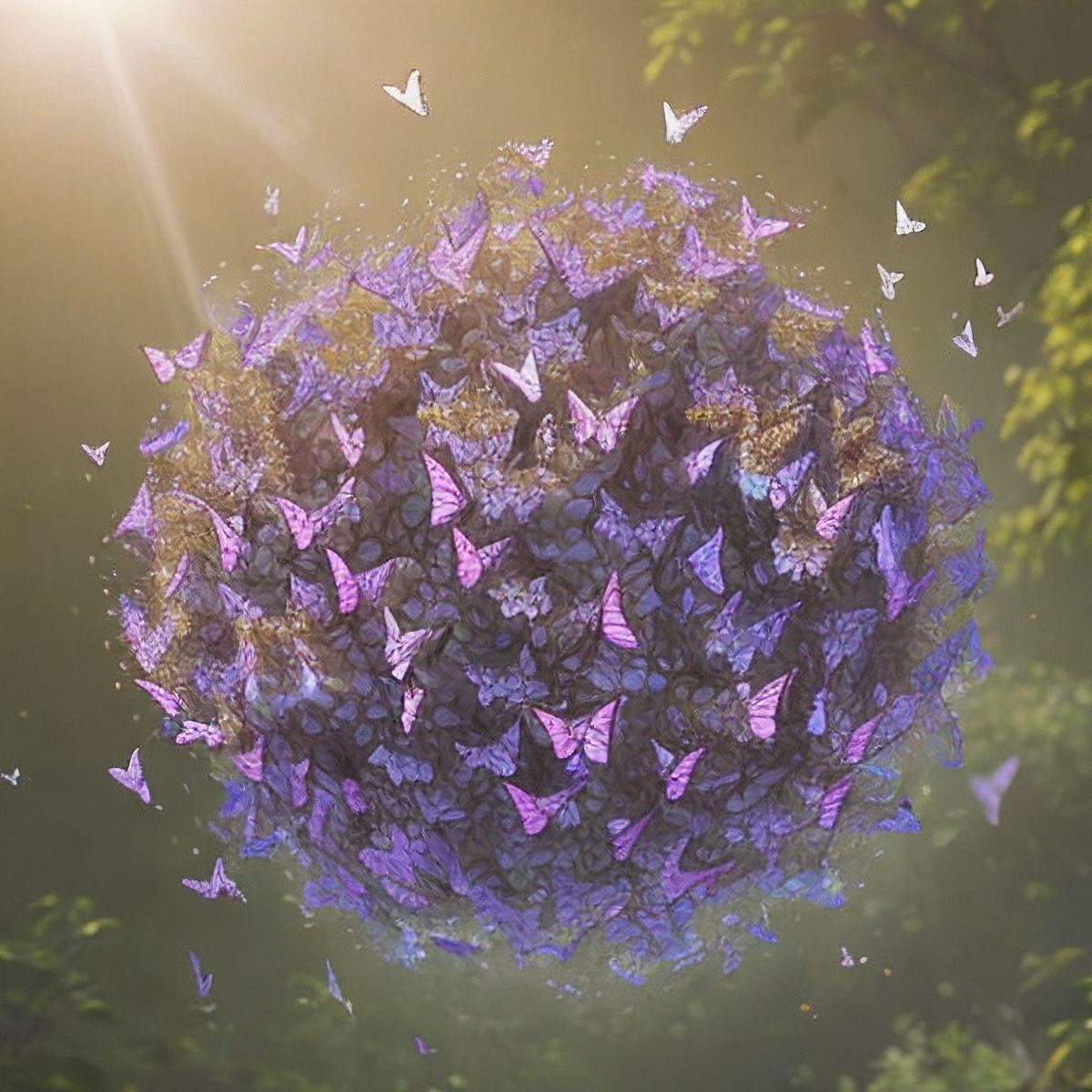Butterfly Bush, scientifically known as Buddleia davidii, is a popular, non-native garden plant known for its ability to attract butterflies with its vibrant, fragrant blossoms. Its allure isn’t just limited to its beauty; understanding its native range, the butterfly larvae it hosts, and its USDA hardiness zones can provide a deeper appreciation of this remarkable shrub.
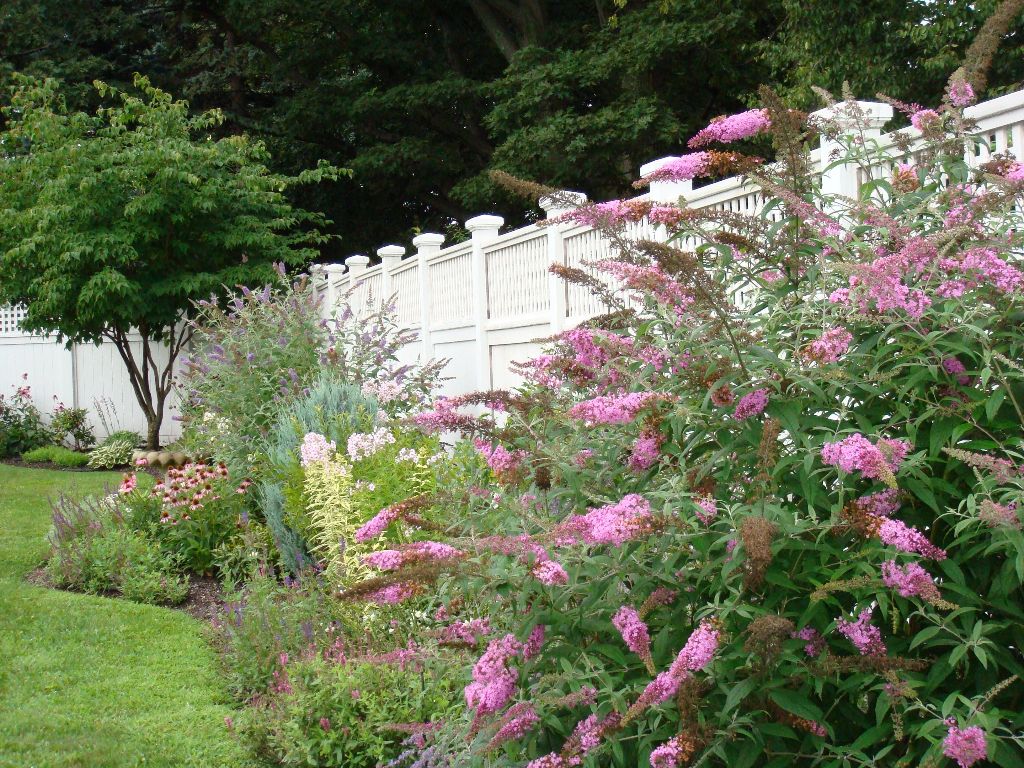
Native Range
The Butterfly Bush is native to central China and parts of Japan. Its natural habitat in these regions consists of rocky terrains, riverbanks, and open fields. Introduced to Western gardens in the late 19th century, it quickly became a favorite among gardeners for its ability to draw in butterflies and other pollinators.
A Feast for Butterflies, But Not Their Larvae
While the Butterfly Bush is exceptional at attracting adult butterflies with its nectar-rich flowers, it doesn’t host butterfly larvae. This is a crucial distinction for gardeners wanting to support the complete lifecycle of butterflies. Plants like Milkweed, for instance, serve as both nectar sources for adult butterflies and as host plants for their larvae. However, the Butterfly Bush exclusively provides nectar for the adults, without catering to the larvae.
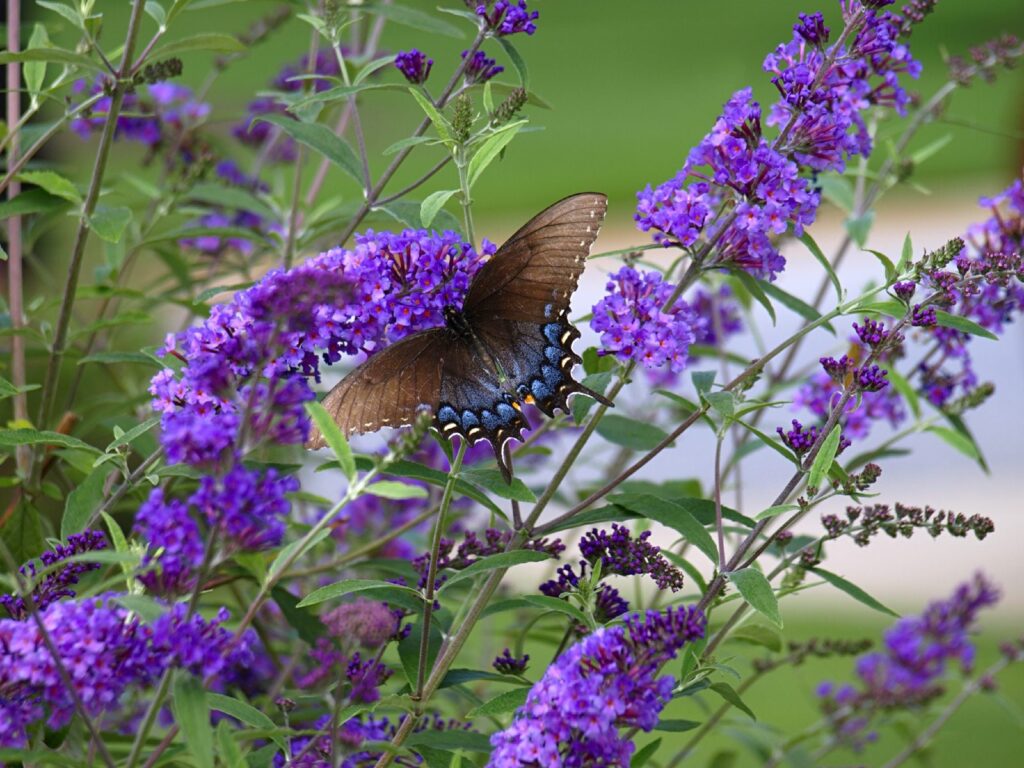
This has led to some criticism, as solely planting Butterfly Bushes without complementing them with other native plants might not fully support local butterfly populations. It’s always recommended to include a variety of native plants in gardens to ensure that both adult butterflies and their larvae have the necessary resources to thrive. Further, Butterfly Bush is considered invasive in some places.
USDA Hardiness Zones
The Butterfly Bush is quite adaptable and can thrive in a range of conditions. It’s best suited for USDA hardiness zones 5 through 9. This means it can withstand winter temperatures as low as -20°F (-29°C) and can thrive in various parts of the United States, from the cold Northeastern states to the warmer Southern regions.
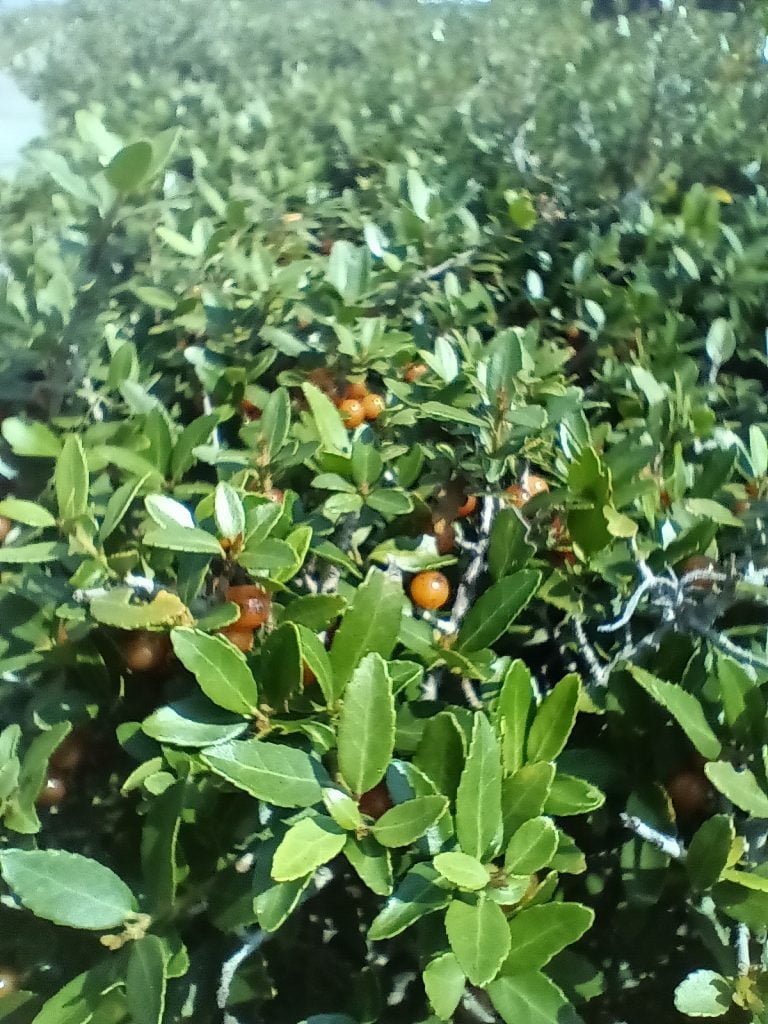
20 Florida-Native “Black Drink Holly” Seeds (Ilex nigrempotum) formerly “Yaupon”
20 or more seeds of the Florida-native, Black Drink Holly (Ilex nigrempotum), formerly known as “Yaupon.” Origin: Polk Co. FL Zone 9b.
In these zones, the Butterfly Bush will flourish, producing elongated, spike-like flower clusters that range in color from deep purple and blue to pink, white, and even red. Their bloom typically lasts from summer to early fall, providing a long season of nectar for butterflies.
In Conclusion
The Butterfly Bush, with its vibrant blossoms and fragrant allure, is a delightful addition to any garden. While it’s a magnet for adult butterflies, gardeners should remember to incorporate other native plants to support the entire butterfly lifecycle. With its adaptability to various hardiness zones, this bush offers both aesthetic beauty and a touch of nature’s magic to gardens across the U.S.
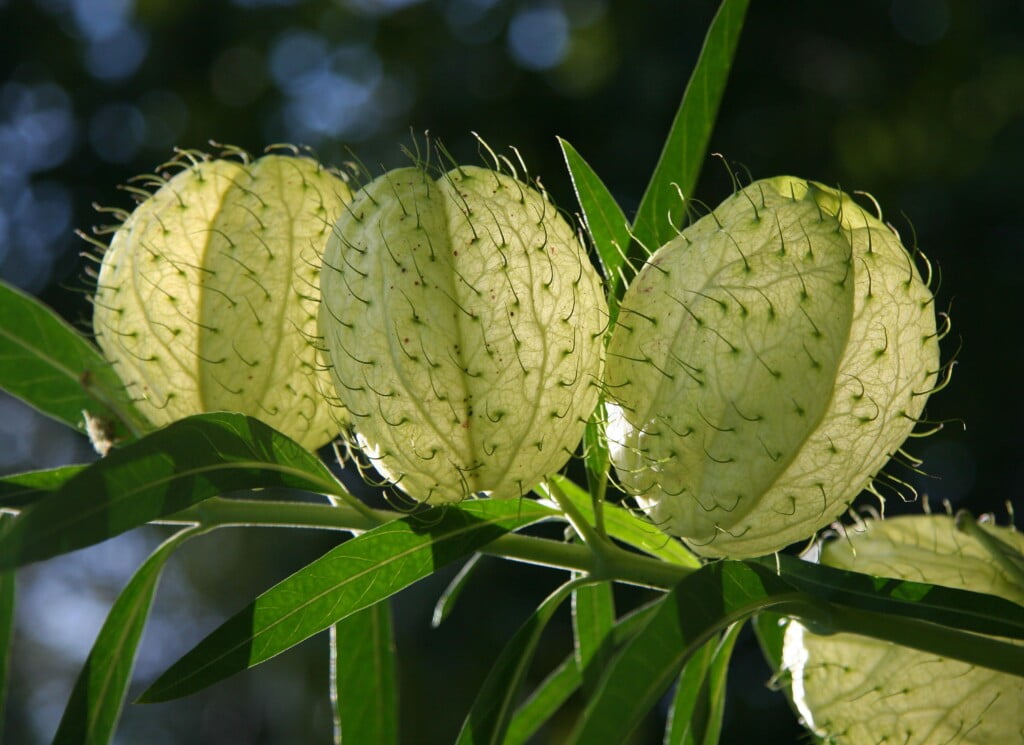
20 Hairy Balls Milkweed Seeds (Gomphocarpus physocarpus)
Thriving as a perennial in Zones 8–11, Hairy Balls Milkweed (Gomphocarpus physocarpus) reach an impressive height of 32–72″. Also recognized as swan plant, swan milkweed, and, of course, balloon plant, this is a must-have addition to your butterfly garden. More than 20 seeds. Southern US & Northern Mexico.
